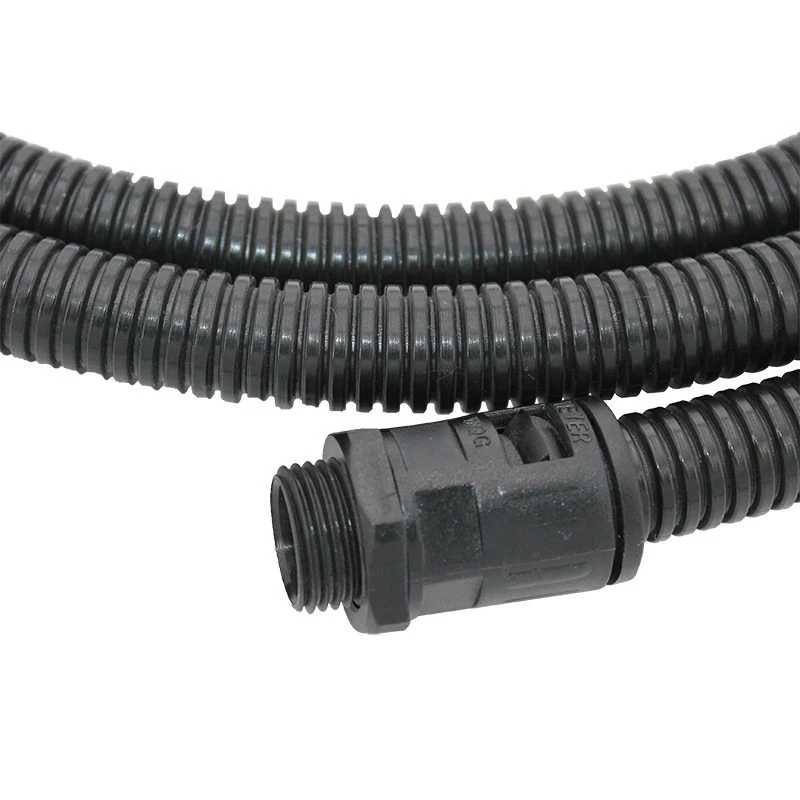cable track
The Evolution and Importance of Cable Tracks in Modern Technology
In an increasingly digital world, the management of cables has become a crucial aspect of both industrial and consumer environments. Cable tracks, also known as cable carriers or drag chains, have emerged as vital components in organizing and protecting cables in various applications, from manufacturing to consumer electronics. This article explores the evolution of cable tracks, their significance in technology, and the future trend that could redefine cable management.
Understanding Cable Tracks
Cable tracks are designed to guide and protect moving cables and hoses in a variety of machinery and equipment. These systems can facilitate the smooth movement of cables over distances and allow for flexibility in dynamic applications. Typically made from materials like plastic or aluminum, cable tracks are engineered to withstand the wear and tear of continuous motion, provide strain relief, and prevent damage to cables.
The basic design of a cable track consists of individual links that can rotate around a pivot point. This movement allows the cables inside the track to extend and retract as the machinery operates, thereby preventing tangling and wear. The first iterations of cable tracks were quite rudimentary, offering limited flexibility and accessibility. However, as technology has advanced, so too has the design and functionality of cable tracks.
Historical Development
The evolution of cable tracks can be traced back to industrial machinery in the early 20th century. As factories became more automated, the need for efficient cable management became apparent. Early cable tracks were constructed from heavy metals, making them cumbersome and difficult to integrate into more compact machinery. Over time, engineers recognized the need for lighter and more flexible materials.
By the 1980s, the introduction of high-strength plastics marked a significant turning point. These new materials not only reduced the weight of cable tracks but also provided improved durability and resistance to temperature fluctuations and chemicals. The modern cable track has become more sophisticated, featuring customizable lengths and widths, modular designs, and even integrated cable management systems.
cable track

The Importance of Cable Tracks Today
In today's fast-paced technological environment, cable tracks play a crucial role in enhancing the performance and longevity of machinery and electronics. Industries such as manufacturing, automation, robotics, and entertainment rely heavily on efficient cable management systems to ensure uninterrupted operation.
In manufacturing, for example, cable tracks help in streamlining production lines by organizing power and signal cables for robots and automated machinery. In robotics, these tracks allow for the seamless movement of cables, enabling the development of more advanced robotic systems that can operate without the risk of cable entanglement. Moreover, in the entertainment industry, cable tracks are essential for organizing cables on stage and behind the scenes, ensuring safety and efficiency during performances.
Future Trends
As we look toward the future, the importance of cable tracks is expected to grow. With the rise of the Internet of Things (IoT) and smart technologies, manufacturers are developing increasingly compact and complex devices that require sophisticated cable management. Innovations in materials science, such as the use of lightweight composites and smart fabrics, may lead to the creation of even more efficient cable tracks that can adapt to different environments.
Additionally, the integration of sensor technology into cable tracks could pave the way for predictive maintenance, enabling users to monitor the health of cables in real time and identify wear before it leads to failure. This proactive approach to cable management has the potential to reduce downtime significantly and improve overall system reliability.
Conclusion
In conclusion, cable tracks are indispensable in today's technology-driven world. Their evolution from simple mechanical solutions to complex, high-tech systems highlights the necessity of effective cable management in a variety of industries. As we continue to innovate and push the boundaries of technology, cable tracks will undoubtedly play a critical role in shaping the future of automation and connectivity. The ongoing development in this field promises improved safety, efficiency, and adaptability, making cable tracks a pivotal component of modern engineering.








